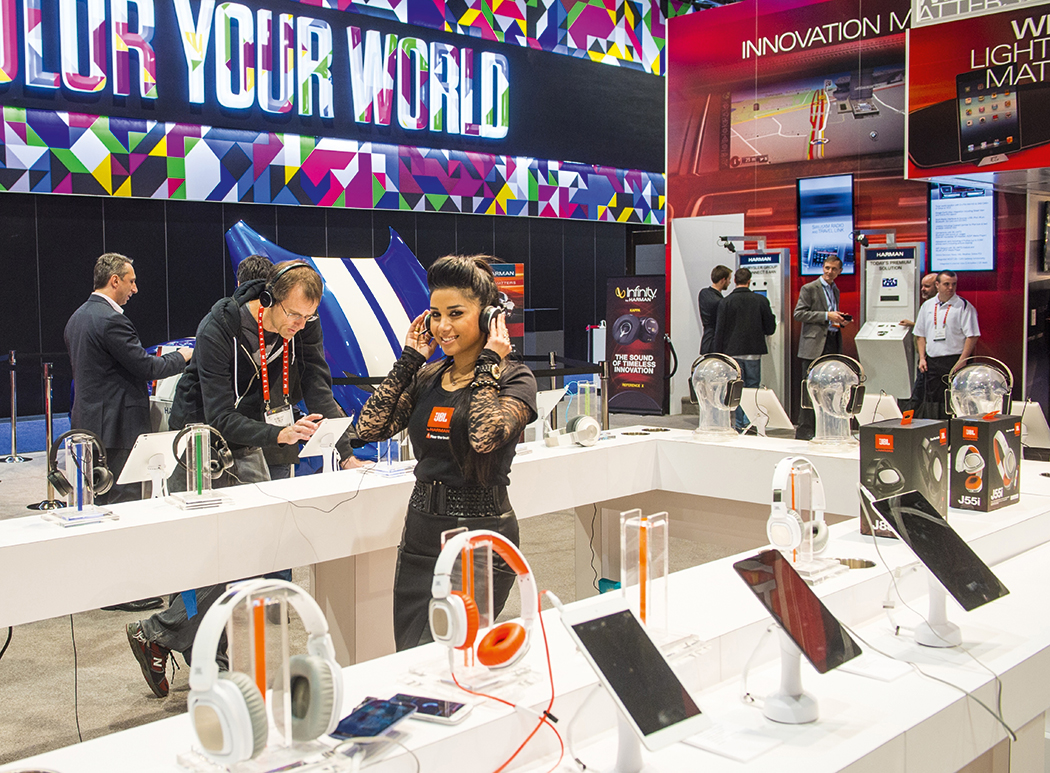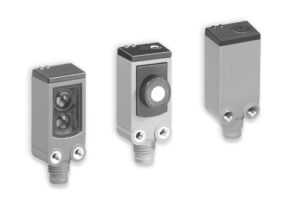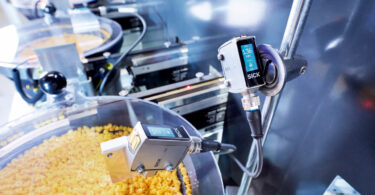The breathtaking pace of development and short life cycles in the electronics industry are demanding user-friendly sensors which are able to meet the particular demands of the materials used and perform their task reliably and cost-effectively. 
Something that was considered an ultra-modern flat-screen TV is already seen as outdated just a short time later. At three centimeters deep, the latest LED devices (LCD TVs with space-saving miniature lamps instead of conventional fluorescent tubes) are much slimmer than their predecessors, which measured around ten centimeters. TV screens as thin as a pane of glass or bent screen displays are no longer a pie in the sky. Developments in other electronic appliances are also taking place at a similar breathtaking speed.
With a usage share of approximately 70%, tablets and smart phones are dominating the private appliance market. Devices are getting more and more user-friendly and increasingly slick: housings are thinner, displays are scratchproof and shatterproof, and new composite materials are being used. At the same time, the requirements to be met by the high-performance sensor technology used in their production are also increasing. Weather glass reflective surfaces, transparent material, or materials with minimum remission, reliable detection and ease of operation are a must.
Requirements in Electronics and Solar Industries are High
The electronics industry is feeling the high pressure of the market in particular. Innovation cycles are getting shorter all the time. The high-tech machines and production facilities in the elextronics industry must be capable of rapid, reliable, cost-effective, and accurate operation. These requirements also apply to the sensors used in the machines. Confined spaces, customized electronic PCB designs, and demanding ambient conditions (wet processes for example) are challenges faced in the control and monitoring of the production of electronic components and devices.
The requirements in the production of solar modules are similarly high. Without reliable sensor technology for the detection and positioning of objects, the fragile silicon wafer can quickly be damaged beyond repair in a high-automated production process. Modern solar cells remit much less light than their predecessors. With optimized V-optics and a high-intensity sender LED thanks to PinPoint technology combined with leading technology for background blanking, SICK photoelectric proximity sensors are the ideal choice for applications requiring a balanced ration between scanning range, switching frequency, accuracy, and reproducibility.





